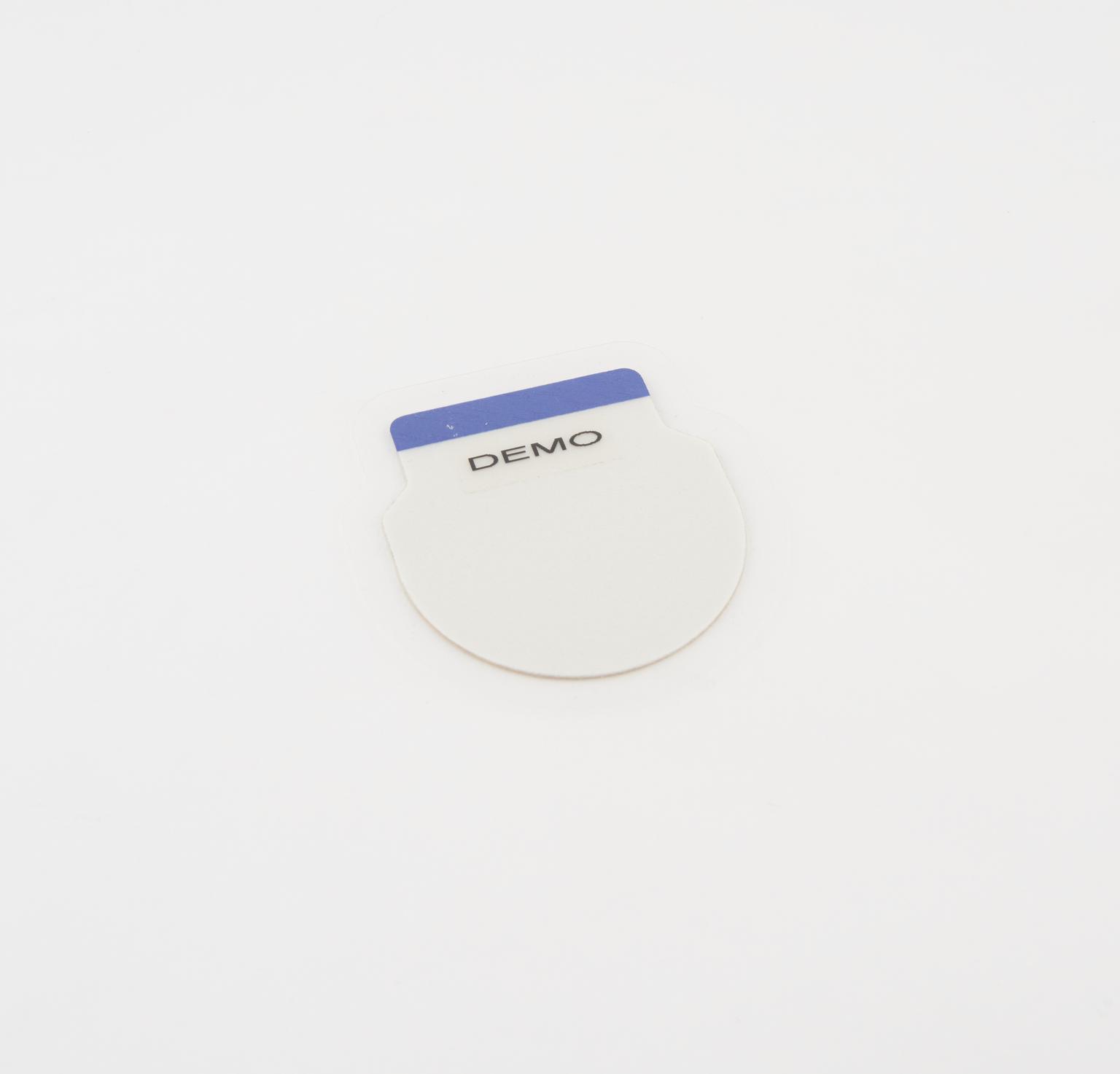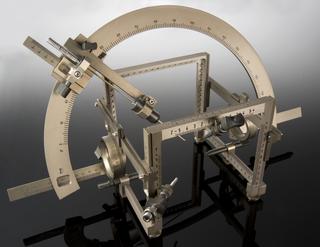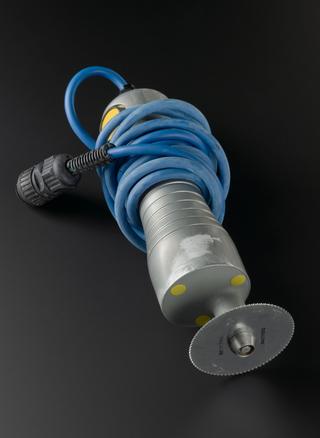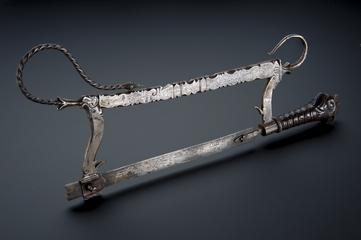Vercise implantable pulse generator (IPG)
Vercise implantable pulse generator (IPG), used for deep brain stimulation, made by Boston Scientific, 2017-2018
More
Deep brain stimulation (DBS) is the most used surgery to help with the movement symptoms of Parkinson’s. Parkinson’s is a long-term neurological condition which has over 40 symptoms including stiffness, tremor, and slowness of movement. It covers a range of conditions and affects everyone differently. The movement symptoms experienced by some people with Parkinson’s are caused by brain cells that are unable to create enough dopamine, the chemical that cells use to communicate with each other.
A device, known as an implantable pulse generator, is placed under the skin of a person’s chest by a surgeon during an operation. Connected to this pacemaker-shaped device are long fine wires which have stimulating electrodes at the end. These are applied to different parts of the person’s brain depending on their symptoms. Once implanted, the device remains off for a few weeks to allow people to recover and then is adjusted to find the right balance for them.
Using a remote control, the level of electrical signal can be adapted over time without the need for further surgery. While not a cure, DBS can be used simultaneously with medications to hopefully relieve symptoms and may help improve a person’s quality of life. Not everyone is a candidate for the surgery, and everyone goes through a rigorous assessment before the operation is offered. The operation does carry some risks which are explained to each person prior to the surgery.
First launched in 2012 by Boston Scientific, the Vercise was at the time one of the smallest devices available and had one of the longest battery lives at 25 years.
- Measurements:
-
overall: 55 mm x 45 mm x 10 mm,
- Materials:
- Titanium , epoxy and Radiopaque idenitication tag
- Object Number:
- 2019-452/1
- type:
- nerve stimulation





